Winter offers a unique opportunity for kids to engage in fun and active sports. The best winter sports not only keep children physically fit, but they also promote teamwork, discipline, and confidence. As the weather gets colder, families can explore various activities that bring excitement and enjoyment to the season.
Getting started with winter sports can be a rewarding experience for both you and your child. With the right guidance and equipment, you can introduce your kids to thrilling outdoor adventures that create lasting memories. Exploring options together will ensure that they find a sport that they truly enjoy.
1) Skiing for Beginners
Skiing is an exciting winter sport that can be enjoyed by kids of all ages. It’s a great way to experience the outdoors while developing balance and coordination.
To start skiing, you should look for local ski schools that offer lessons for beginners. Professional instructors can teach your child the basics in a safe environment.
Before hitting the slopes, ensure your child has the right gear. This includes ski boots, skis, poles, and a helmet. Renting equipment is often a good option for beginners.
Begin in a gentle, beginner-friendly area. These slopes are designed for learning and will help build confidence. Encourage your child to practice stopping and turning before progressing to more challenging runs.
Always emphasize safety by following the rules of the ski area. Teach your child to be aware of their surroundings and to ski with others for added safety.
With patience and practice, your child can quickly develop their skiing skills and enjoy this thrilling winter sport.
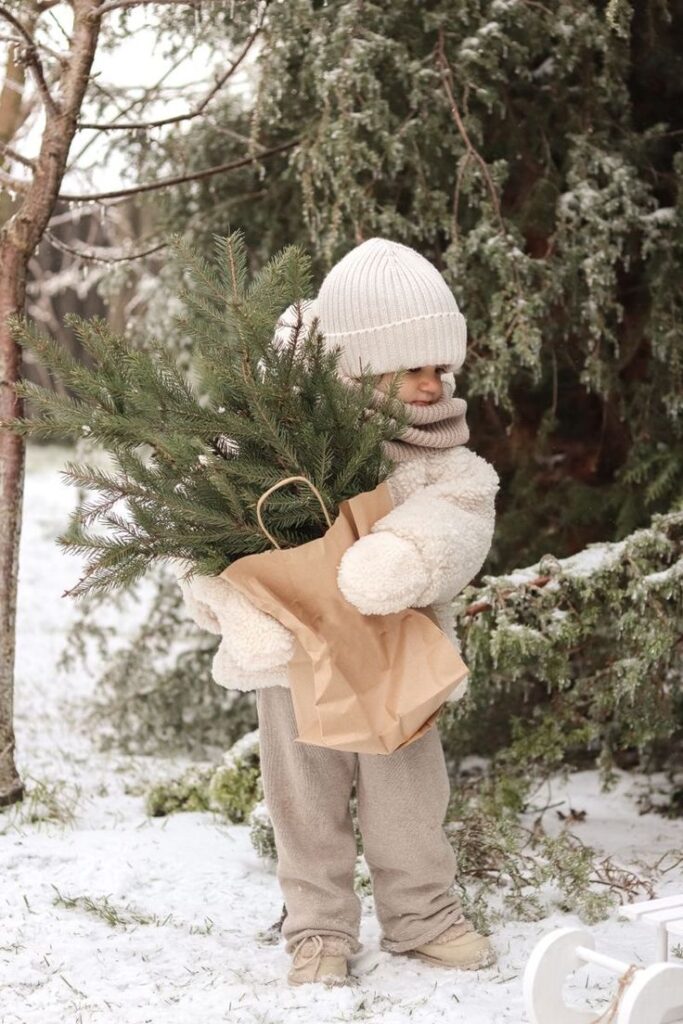
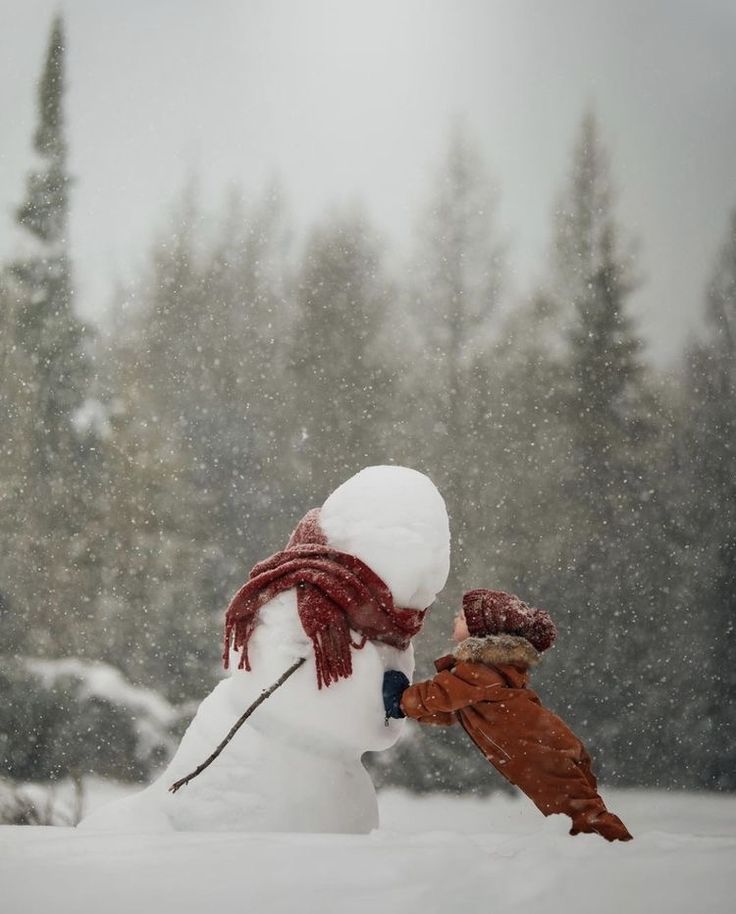
2) Ice Skating Basics
Ice skating is a fun winter activity that many kids enjoy. It helps improve balance, coordination, and confidence on the ice.
To get started, invest in a good pair of ice skates. Proper fit is essential for comfort and safety. Avoid skates that are too big or too small.
Before hitting the ice, make sure your child wears the right protective gear. A helmet, knee pads, and wrist guards can prevent injuries.
Start on a smooth, flat surface where your child can practice gliding. Encourage them to push off with one foot while gliding on the other. Keep sessions short to prevent fatigue and increase enjoyment.
As they gain confidence, introduce some basic skating techniques. Teach them how to stop safely using the snowplow stop or the hockey stop. These skills are essential for skating with control.
Finally, consider joining a class or group lesson. This provides a structured environment for learning and can enhance the experience by making it social. Skating with friends often leads to lasting memories.
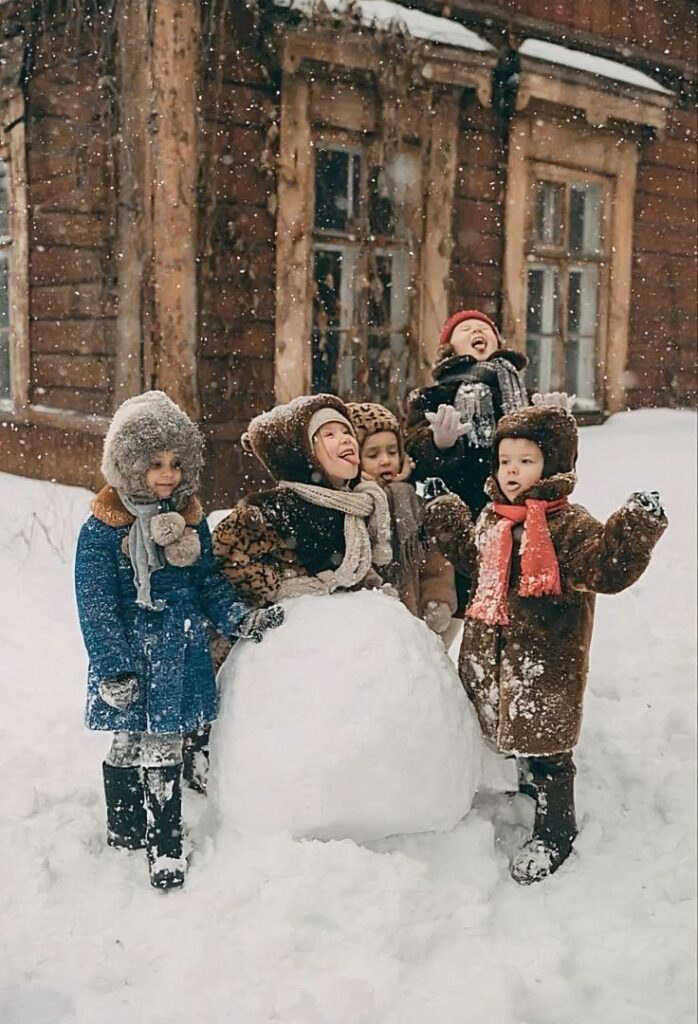
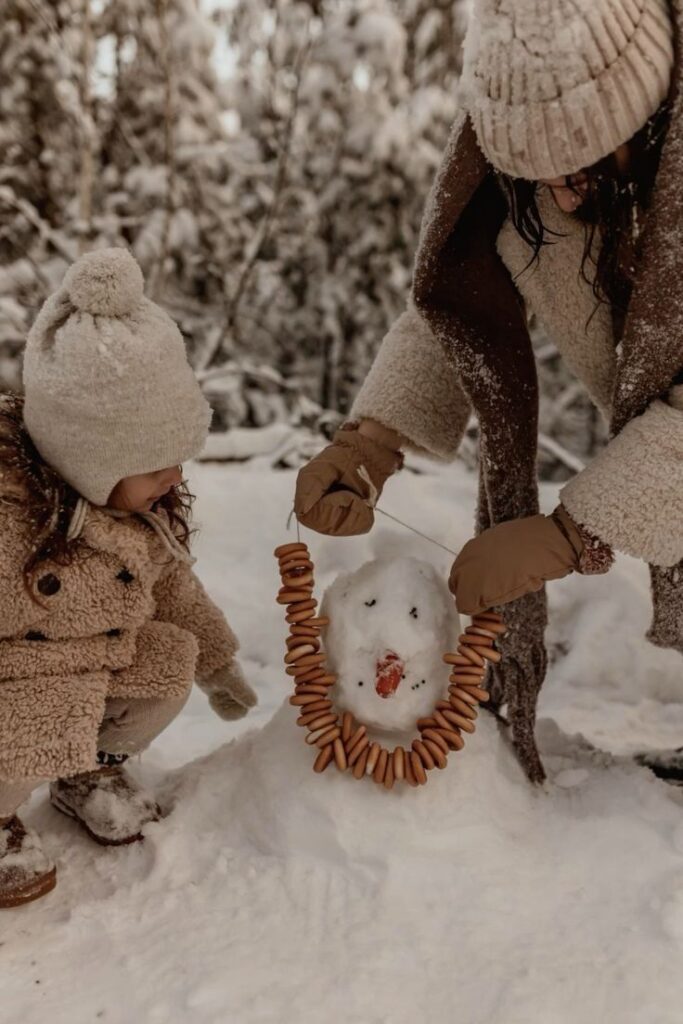
3) Snowboarding for Kids
Snowboarding is an exciting winter sport that many kids enjoy. It combines balance, skill, and lots of fun on the slopes.
To get started, consider lessons from a professional instructor. They can teach your child the basics, such as how to strap on the board and how to fall safely.
Choosing the right equipment is essential. Look for a snowboard that suits your child’s height and weight. Ensure they wear protective gear, including a helmet, wrist guards, and knee pads for safety.
Start on gentle slopes to help build confidence. Encourage your child to practice turning and stopping before attempting steeper areas.
Be patient and supportive. Each child learns at their own pace, so it’s important to celebrate small successes along the way. Snowboarding can foster a sense of adventure and teamwork, especially if you join in the fun.
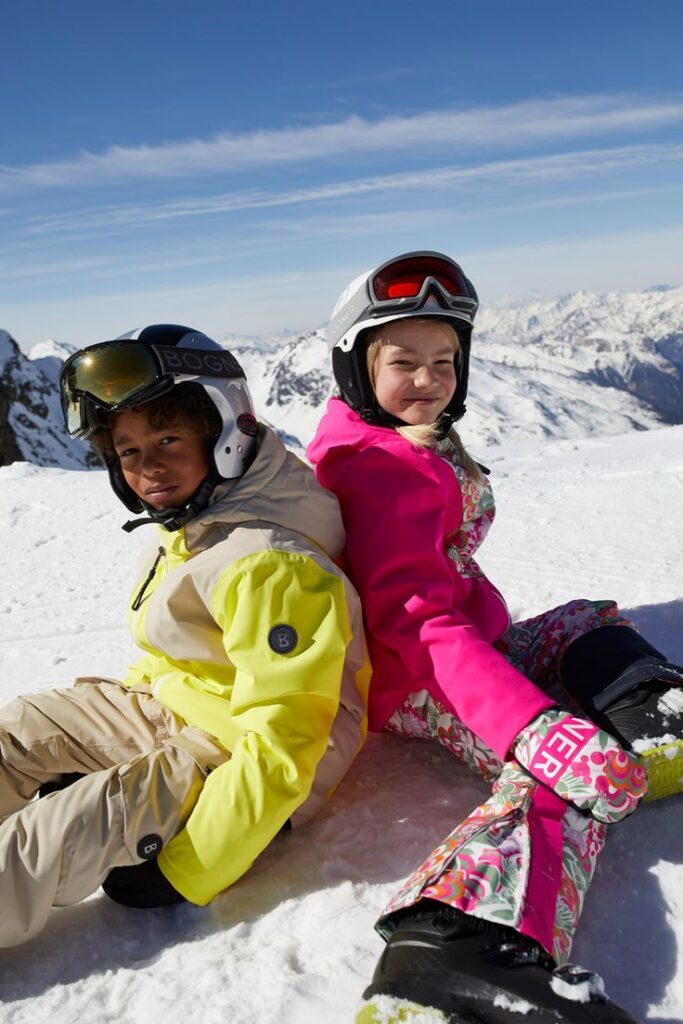
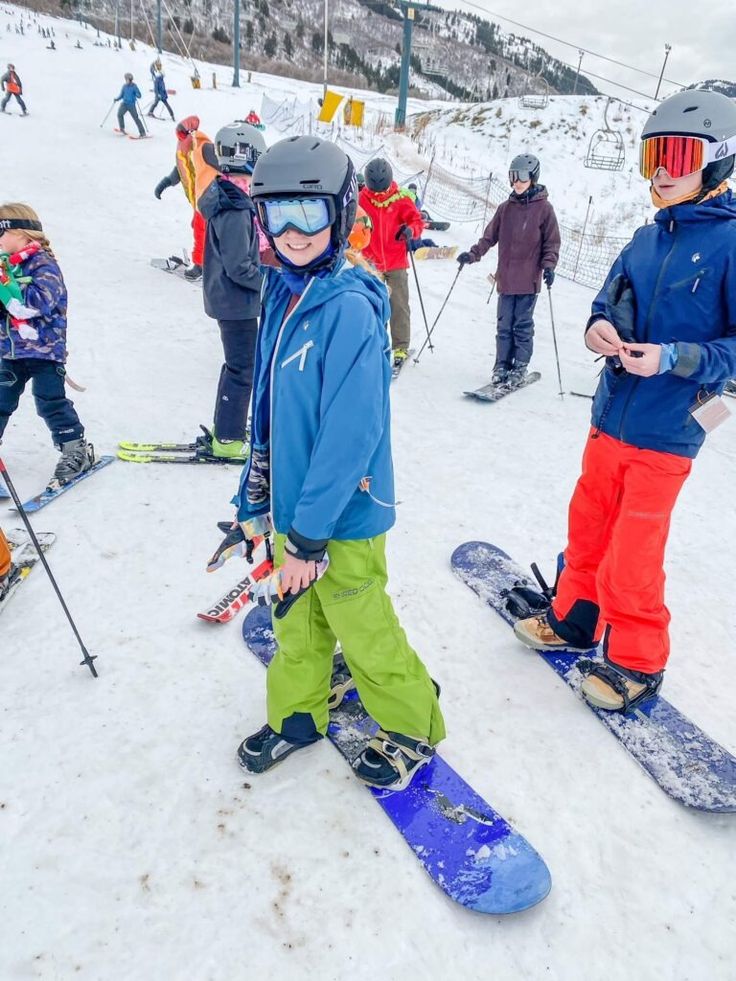
4) Cross-Country Skiing Introduction
Cross-country skiing is an excellent winter sport for kids. It combines the benefits of physical activity with the beauty of nature. This sport develops endurance, balance, and coordination.
You can start cross-country skiing at a young age, as most equipment is designed for various skill levels. It’s suitable for children as it is less intimidating than downhill skiing. The experience can foster a love for the outdoors.
For beginners, it’s advisable to find a local ski area with groomed trails. Many areas offer rental equipment and lessons. This support allows your child to learn the basics in a safe environment.
As your child gains confidence, they can explore longer trails and different terrains. Encourage them to enjoy the scenery and take breaks when needed. Cross-country skiing teaches self-paced enjoyment and can be a fun family activity.
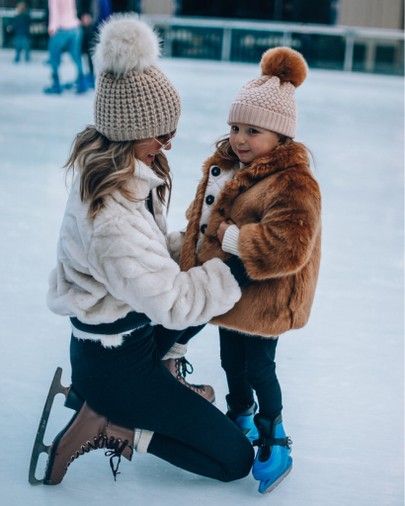
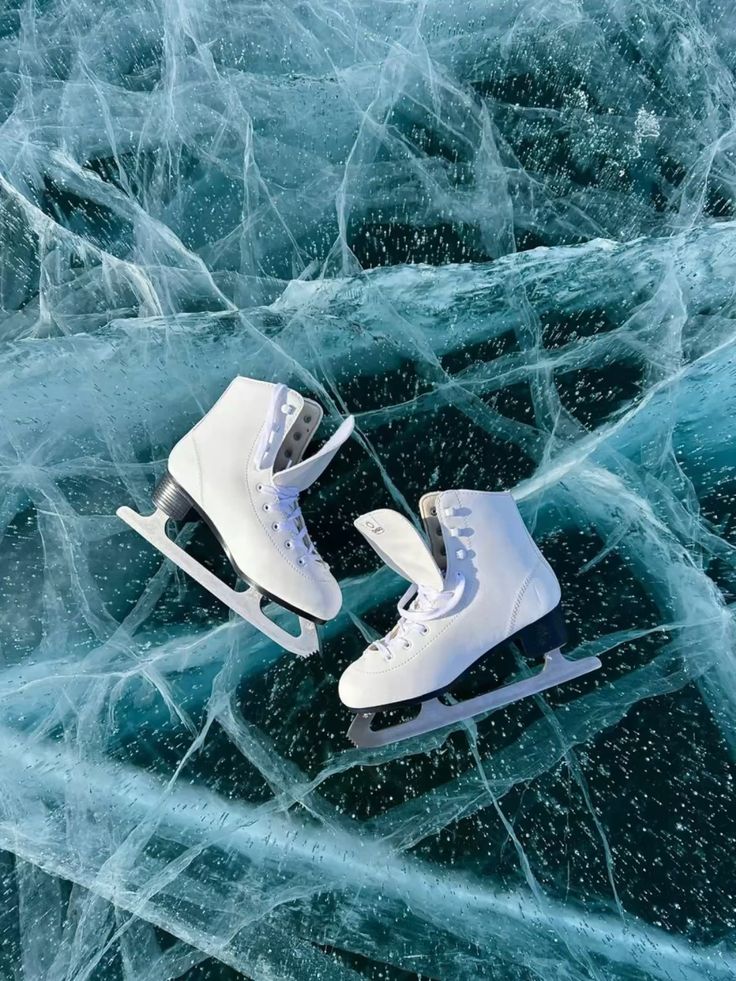
5) Sledding Safety Tips
Ensure your sledding area is suitable for safe riding. Look for hills that are free of obstacles like trees, rocks, or fences. A gentle slope is ideal for beginners.
Always supervise young children while sledding. Stay close to help them navigate the hill and manage their sled. Encourage them to wait until the area is clear before starting.
Make sure everyone wears appropriate gear. A helmet is essential to protect against head injuries. Warm, layered clothing will keep them comfortable in cold conditions.
Choose the right sled for your child’s age and size. Lightweight plastic sleds are great for small kids, while larger sleds can support older children.
Teach kids to sled feet-first and face forward. This position reduces the risk of injury when colliding with unexpected obstacles. Remind them to steer away from other sledders.
Finally, avoid sledding on crowded hills. Busy areas increase the chance of collisions, which can lead to injuries. Always prioritize safety to ensure a fun experience.
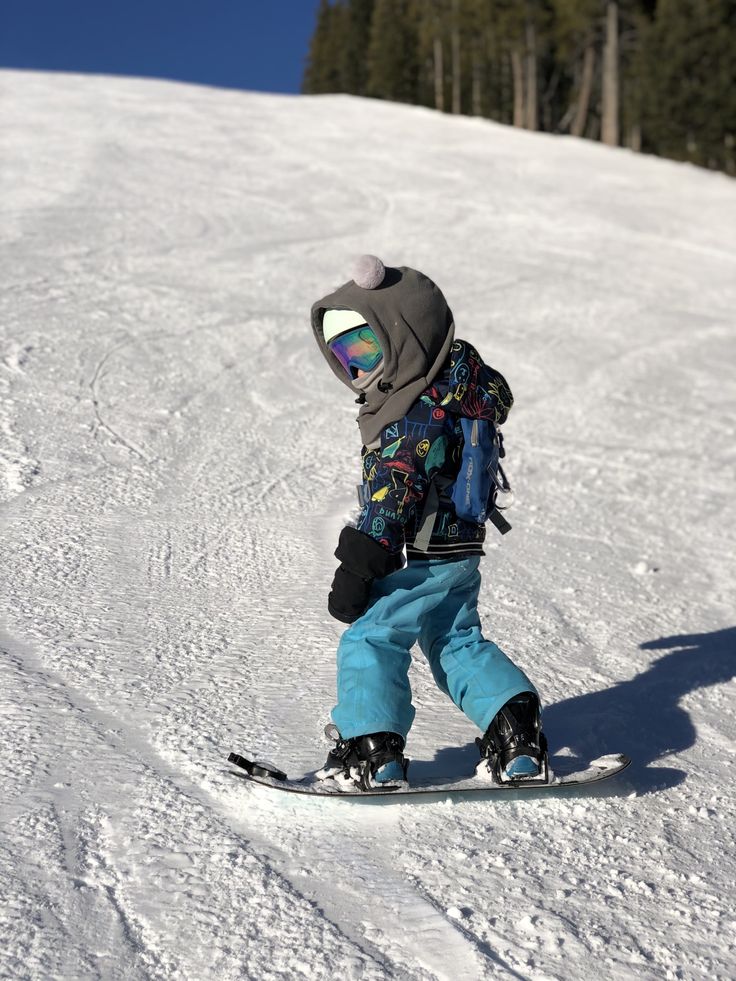
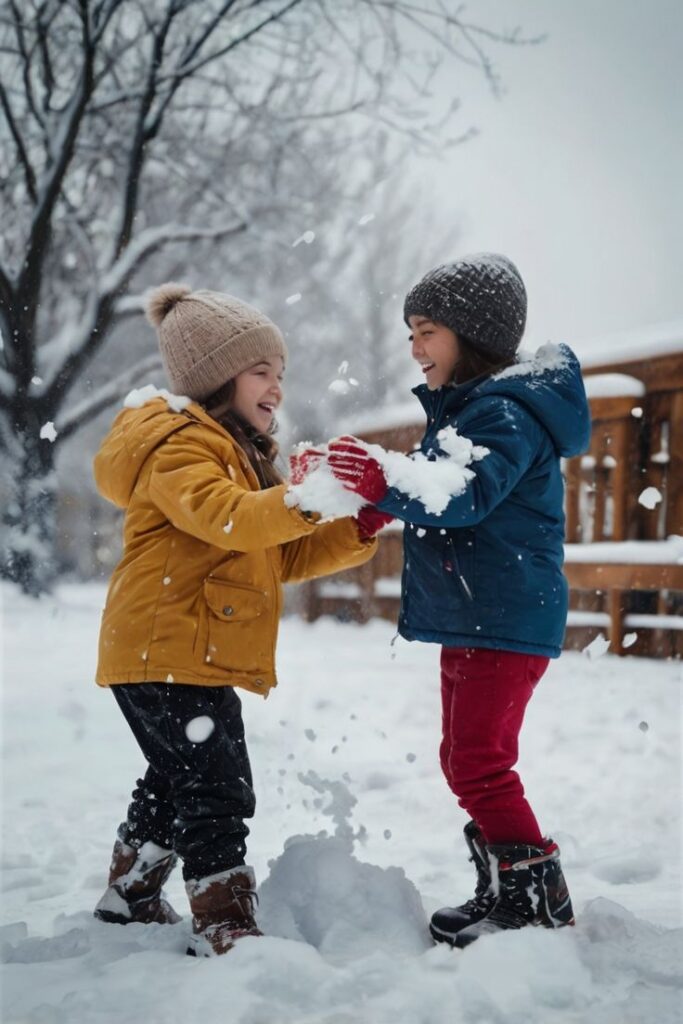
Safety Tips for Kids
Ensuring safety for kids participating in winter sports is crucial. Proper gear and preparation for the weather can prevent injuries and illnesses.
Essential Gear and Equipment
Proper gear is fundamental for keeping your child safe during winter sports. Invest in a well-fitted helmet, which protects against head injuries. Ensure your child wears goggles to shield their eyes from snow glare and wind.
Layering clothing helps regulate body temperature. Base layers should wick moisture away, while mid-layers provide insulation. Finally, an outer layer should be waterproof and breathable.
Equipment must be age-appropriate and well-maintained. Skis or snowboards should match your child’s skill level. Use wrist guards for snowboarders and knee pads for skaters to reduce injury risk.
Preparing for Cold Weather
To prepare your child for cold weather, ensure they dress in layers. Start with moisture-wicking materials close to the skin, followed by insulating layers made from fleece or wool. A waterproof outer layer is essential for keeping dry.
Make sure your child understands the signs of frostbite and hypothermia. Encourage them to take breaks and warm up if they start to feel too cold.
Hydration is also important, as cold weather can lead to dehydration. Remind your child to drink water regularly, even if they don’t feel thirsty. Always check the weather forecast and adjust your plans accordingly.
Benefits of Winter Sports for Kids
Engaging in winter sports offers numerous advantages for kids. These activities not only promote physical health but also play a significant role in developing personal skills.
Physical Fitness
Winter sports provide a unique way for children to stay active during colder months. Activities like skiing, snowboarding, and ice skating enhance cardiovascular health and improve strength.
These sports require balance, agility, and coordination, which develop motor skills.
Regular participation leads to increased endurance and flexibility, essential for a well-rounded fitness routine.
Additionally, being outdoors in winter conditions exposes kids to fresh air, which can boost mood and energy levels.
Building Confidence
Participating in winter sports helps kids build self-esteem and confidence.
Learning new skills, such as mastering a challenging slope, encourages a sense of accomplishment.
Success in these activities often translates to improved confidence in other areas, like academics or social interactions.
Moreover, overcoming fears, such as falling or navigating icy surfaces, fosters resilience.
Engagement with peers in a team setting also enhances social skills, helping children to develop friendships and a sense of belonging.
- 44shares
- Facebook0
- Pinterest44
- Twitter0


